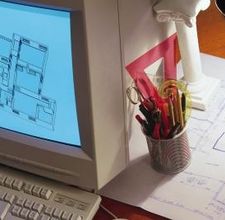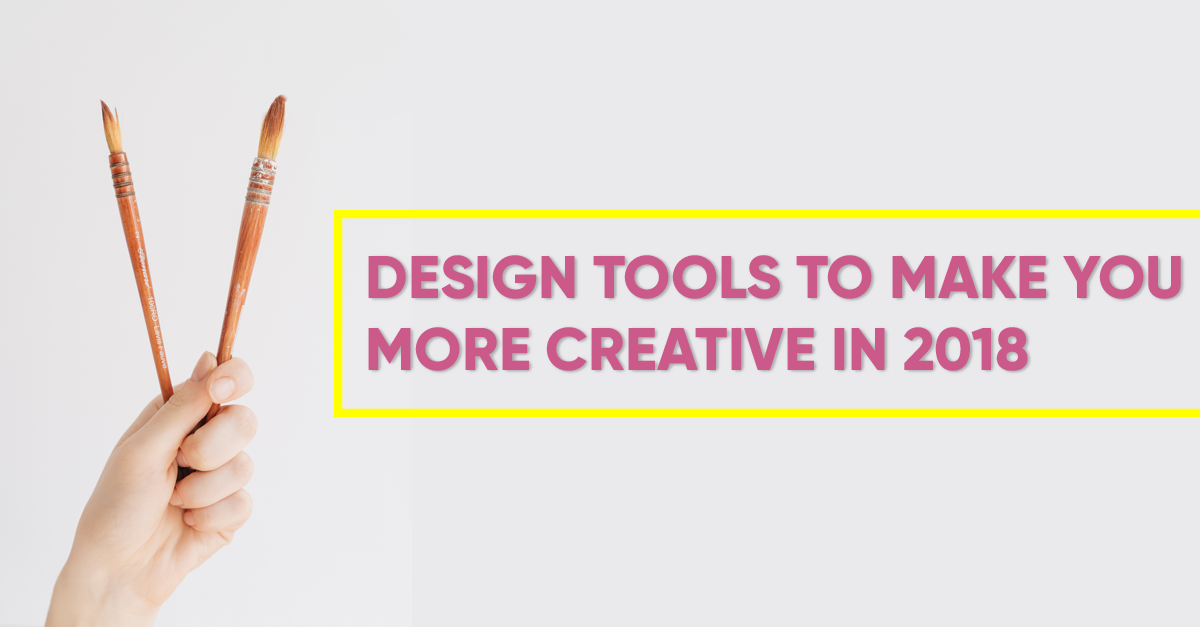 Being a graphic designer is awesome: Sure, you starve occasionally and have to deal with stickler clients on a regular basis, but what could be better than working in Adobe CS5 all day, exercising your creative rights with an iron fist?
Being a graphic designer is awesome: Sure, you starve occasionally and have to deal with stickler clients on a regular basis, but what could be better than working in Adobe CS5 all day, exercising your creative rights with an iron fist?
As great as being a graphic designer is, it can be quite the challenge to get things started. Thankfully, designing full-time to pay the bills doesn’t have to be an expensive investment. Use the following tips to create your own freelance design business on the cheap.
Save While You Experiment:
If you’re just staring out, you may not yet know exactly what kind of design service you’ll be offering, or what your specific designing style is. You’ll be sifting through methods for quite a while, and because of this, it’s best to avoid shelling out the big bucks for the most expensive design software you can find.
Start out with a few of the cheaper entry-level products, and then work your way up, purchasing tools you know you’ll use often, and will improve your workflow. This will not only save you money, but will help you to grow as an industry professional.
Go To School:
An even better option is to start off your design firm with an education. University isn’t for everyone, but there’s a plethora of benefits that can be had from pursuing a higher education in graphic design.
Right off the bat, being a design student gets you access to the top-dollar design products and hardware, even awarding you some discounts with specific manufacturers. Most major colleges sport the kind of high-end gear you’ll be using if you progress to a large design firm, and knowing how to use these products like a pro not only makes you a better professional, but it also makes you more attractive to employers. University is also a great place to establish contacts, get advice, and develop your own design style.
Buy Only What You Need:
If you want to bypass an education, be sure to only buy the bare necessities. This means a sketchbook, a scanner, and some kind of design software. A drawing tablet is nice, but you can get along fine using analog methods, if you need to save the cash. Save money on the front-end, and avoid products you won’t use on a frequent basis.



